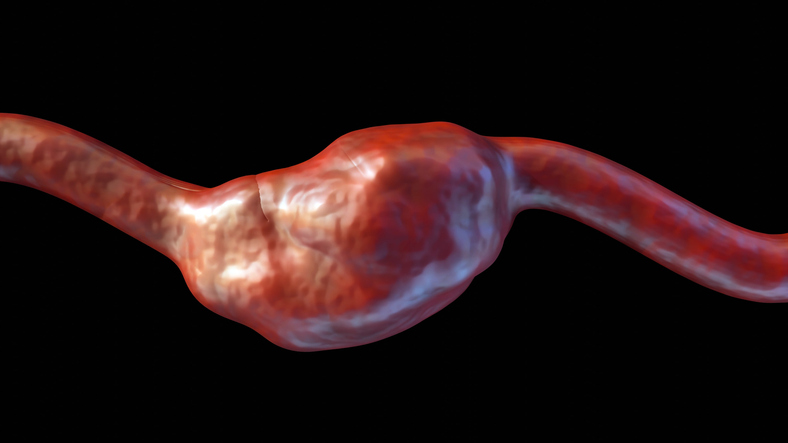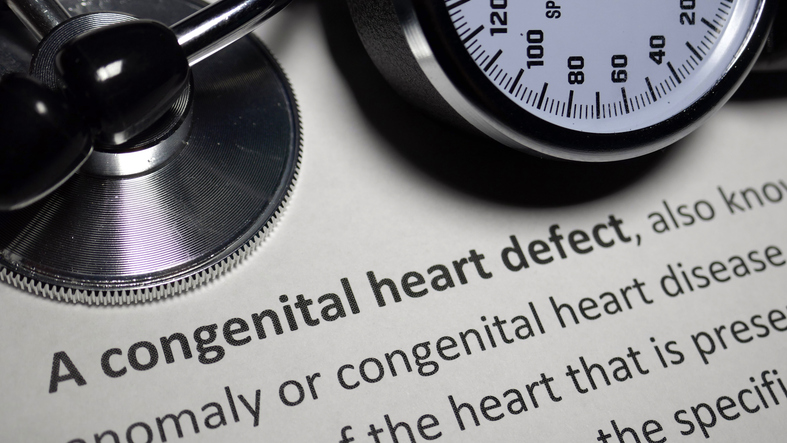
Detecting atrial fibrillation (AFib) following an ischemic stroke (IS) is important, but in patients who suffer IS without a history of AFib, the optimal duration of electrocardiographic monitoring is unknown.
In the recent PER DIEM randomized clinical trial, Dr. Derek V. Exner and colleagues randomized 300 patients who suffered IS without a history AFib to monitoring with an implantable loop recorder (ILR) for 12 months or an external wearable loop recorder (ELR) for 4 weeks. The primary endpoint was definite or highly probable AFib lasting two minutes or longer over the 12 months following randomization. In an intent-to-treat analysis, detection of AFib was significantly higher in the ILR group (23/150, 15.3%) than the ELR group (7/150, 4.7%). This translated to an absolute increase in AF detection events of 10.7% (95% CI, 4.0%-17.3%), meaning that for every 10 patients monitored with ILR versus ELR, 1 additional patient was diagnosed with AFib.
Roughly 795,000 Americans suffer a stroke each year, and 87% of strokes are ischemic.1 Approximately 15-30% of IS can be attributed to AFib, and patients who suffer an IS in the context of AFib have worse outcomes.2,3 Detection of AFib is important because treatment with anticoagulation may reduce the risk of recurrent stroke. Current AHA guidelines state that prolonged rhythm monitoring after a stroke is reasonable, but do not comment on whether longer monitoring is warranted.4 Prior work has demonstrated that longer monitoring detects more AFib, but this is the first randomized trial comparing ambulatory rhythm monitoring modalities and duration.5
Dr. Jason Andrade agrees that AFib detection is important, but believes more research is needed regarding management.
“Clinicians are obviously concerned when AF is detected post stroke and are highly likely to prescribe anticoagulation in response,” he said. “We don’t know if that’s the right decision for the patient. These short episodes of AFib may be associated with the stroke, but not causative. In other words, the detected post stroke [subclinical AF] may only be a marker of an underlying pathology that increases the risk of non-AF related cardioembolic stroke. This is especially relevant in light of negative studies of empiric anticoagulation (e.g. NAVIGATE and RESPECT-ESUS).”
This study re-affirms that longer monitoring detects more AFib, but more work is needed to determine the impact of invasive monitoring on clinical outcomes. Given that AFib detection may reduce the risk of recurrent stroke, future studies are expected to clarify the optimal management strategy in this population.
Among patients w ischemic stroke, implantable electrocardiographic monitoring for 12 mos resulted in the detection of more patients w AF vs prolonged external monitoring for 30 days https://t.co/nyrpqT0qLw
— JAMA (@JAMA_current) June 1, 2021
References
- Virani S, et al. Heart Disease and Stroke Statistics—2020 Update: A Report From the American Heart Association. Circulation. 2020;doi:10.1161/cir.0000000000000757.
- Turakhia M, et al. Estimated Prevalence of Undiagnosed Atrial Fibrillation in the United States. PLOS ONE. 2018;doi:10.1371/journal.pone.0195088.
- Alkhouli M, et al. Burden of Atrial Fibrillation–Associated Ischemic Stroke in the United States. JACC: Clinical Electrophysiology. 2018;4(5)618–625. doi:10.1016/j.jacep.2018.02.021.
- Kernan W., et al. Guidelines for the Prevention of Stroke in Patients With Stroke and Transient Ischemic Attack. Stroke, 2014;45(7):2160–2236. doi:10.1161/str.0000000000000024.
- Noubiap J, et al. Rhythm Monitoring Strategies for Atrial Fibrillation Detection in Patients with Cryptogenic Stroke: A Systematic Review and Meta-Analysis. IJC Heart & Vasculature, 2021;34:100780. doi:10.1016/j.ijcha.2021.100780.







 © 2025 Mashup Media, LLC, a Formedics Property. All Rights Reserved.
© 2025 Mashup Media, LLC, a Formedics Property. All Rights Reserved.